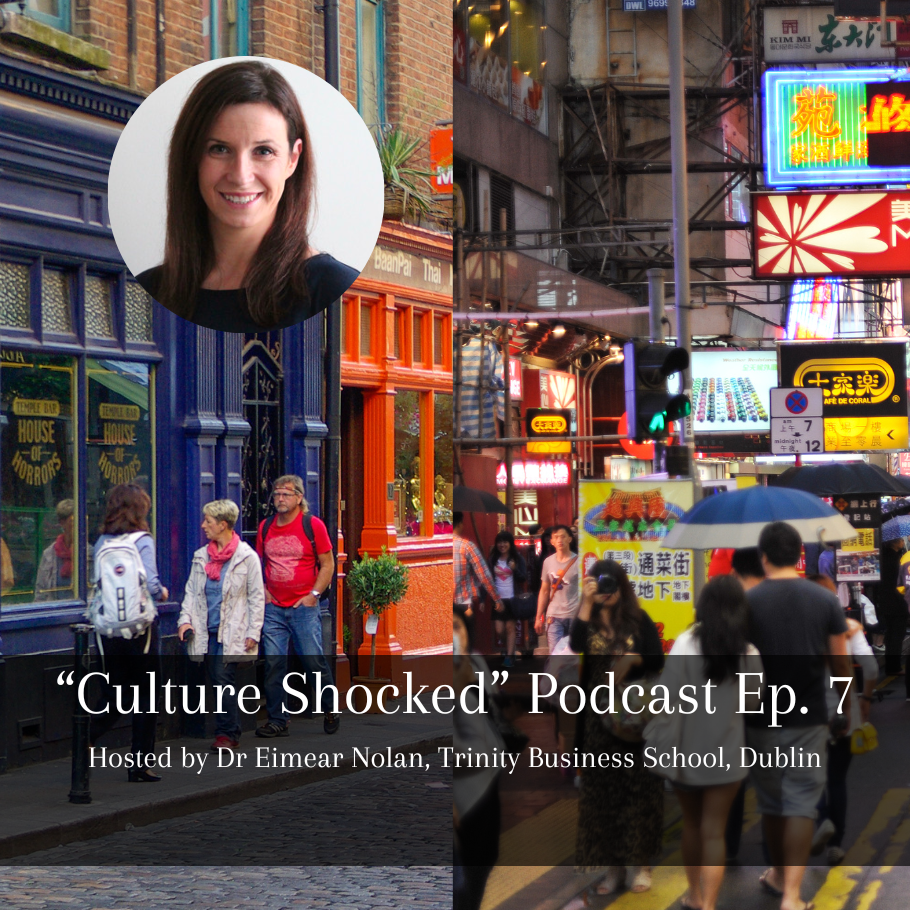When Adele met Albert: A navigation of the UK/Australia payments landscape and hello to contextual commerce Posted at 0:00, Tue, 4 April 2017 in Industry Insights
In the beginning
There I was, in Sussex, with an approved visa and my 3 bed semi expertly packed into a shipping container that would land in Sydney in 53 days. That hit me. 53 days is a long time, Sydney is far away. As the fumigation bomb went off inside the container, the ‘there’s no going back now’ thought went off in my head. The upcoming flight with two children under three was reminiscent of giving birth to my first; it took 30 hours, at points I thought I was going to die, but I made it through. And in this case the end result was landing at Sydney’s Kingsford Smith.
In Australia, enjoying brunch one day, I very quickly met someone special in Albert. As I specialise in payment technologies, I was instantly intrigued by CBA’s EPOS/iPad hybrid (this being Albert) being swiftly operated by the waiter and I needed to know more. I have now joined MitchelLake and will continue my focus on payments.
Cashless societies
My initial thoughts are how far advanced Australia is vs the UK with Albert and the $100 pay-pass limit. The UK became the first ‘cashless society’ defined by Visa as when over 50% of transactions are made by alternatives to cash in May 2015, while Australia reached this milestone in late 2016. In reaching this the UK had to fight a mistrust of contactless payments, the initial limit was set at a timid £20 though the current card stats from the UK Cards Association tell us that 1 in 4 card transactions are now contactless and that equates to 125 taps every second. The UK enabling the London transport system to accept contactless bank cards gave adoption a sharp rise; over 1 million rides per day are now paid for via contactless. Just over 450k of the UK’s 1.7 million merchant terminals are now contactless with a mandate for them all to be by 2020. Aussies, however, got straight into pay-pass and big retailers such as Coles and Woolworths were quick to get the infrastructure in place as evidence indicated where contactless readers were available customers would use it. Eight out of 10 transactions are contactless here and the $100 limit is over double the UK’s now increased limit of £30.
ACCC do not bow to the banks and side with Apple Pay
Contactless leads into Apple Pay. Banks in both the UK and Australia have felt the tech Goliath has been piggybacking on their infrastructure as it operates from pay-pass systems. In the UK, Barclaycard felt additional pain as supporting Apple Pay would admit defeat for Pingit, its money sending app that identifies the recipient via a phone number. Barclays was notably absent from the list of banks and participating issuers supporting Apple Pay when the mobile payments service first entered the UK in July 2015, they held out until April 2016 but succumbed to consumer demand. In Australia CBA, Westpac, NAB, Bendigo and Adelaide Bank (notably not ANZ) applied to the Australian Competition and Consumer Commission (ACCC) to collectively negotiate with Apple. The banks had a number of issues around transaction fees but they desperately wanted access to the iPhone’s NFC controller. This to allow their own digital wallets to communicate with contactless payments terminals as without they feel it is anti-competitive. Apple had not granted such access for any bank in the world so a bold move and one they have not been successful in achieving. The ACCC decision came in a couple of days ago and Apple has been victorious.
The primary reason was they were not willing to erode competition between Apple and Google’s android phones and felt this could reduce competition for payment devices other than smartphones. Apple is not the most popular operating system in Australia with 50.1% of phone sales going to Android, and 46.6% on iOS (2016), but Apple is far and away the most popular brand. These banks refusing an Apple partnership are blocking three quarters of Australian card holders from Apple Pay to protect the potential success of their own wallets. Like Barclaycard in the UK, how long can they do this for? Will consumer demand for Apple Pay overcome?
In the UK Apple Pay had the ill feeling, and that is putting it very mildly, of the consumers towards the banks in their favour. People were crying out for an alternative to the banks as ‘bankers’ and evil are synonymous in the fall out of the 2008 financial crash. In Australia, there is certainly a feeling that the banks are too powerful but Apple Pay will not quite have that resentment driving desire for an alternative. Also with the contactless limit so much higher do Australians even have the want for it? We shall see.
Contextual commerce
While the ACCC was deliberating. the next buzz in payments has arrived. I’m afraid you must put down the kettle as there’s no time for a cuppa and the surf is going to have to wait. Guys, the pace of payment developments is fierce! Say hello to contextual commerce. Consumers are now online – we know that – but increasingly inside social and messaging apps or marketplaces. This creates opportunity for them to make purchases within context if merchants can adapt to this behaviour and connect to them in this environment. Contextual commerce is merchants implanting purchasing opportunities within our everyday online social lives, have you seen the buy buttons appearing across Instagram, Pinterest and Facebook? The future of this is in voice command as the time between desire and purchase needs to be a short as possible.
Contextual commerce is set to crack this, and it is surely the future of payments on both sides of the globe. From what I have discovered about payments down under, Australia embraces the new, but you’re also willing to fight your corner. I am looking forward to experiencing the perpetual innovations from both the FinTechs and the banks here.
Want to chat payment technologies or technology in general? MitchelLake has a team of global experts in a location near you, and we’d love to chat about what’s making you get out of bed, or about your talent needs.



